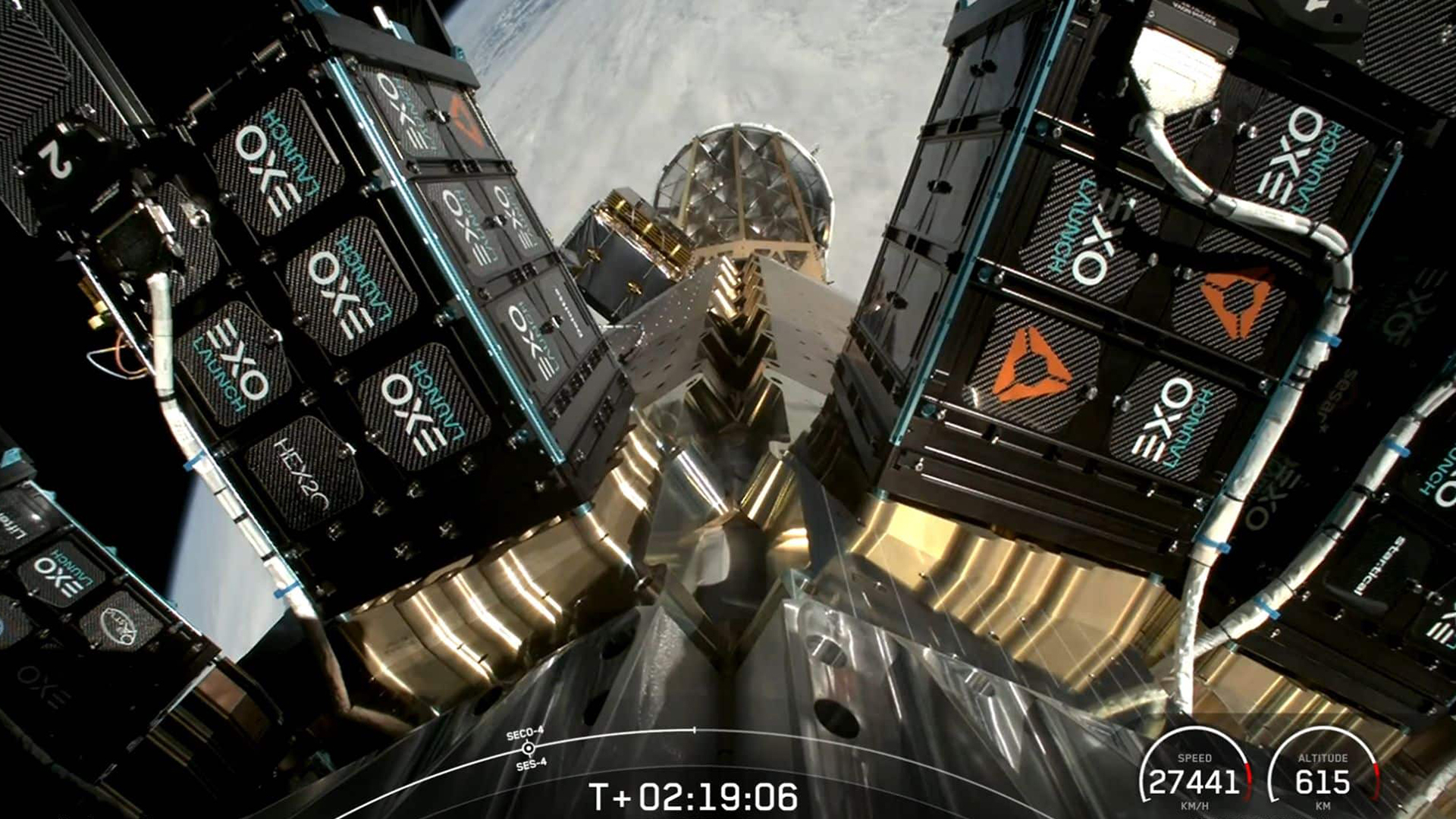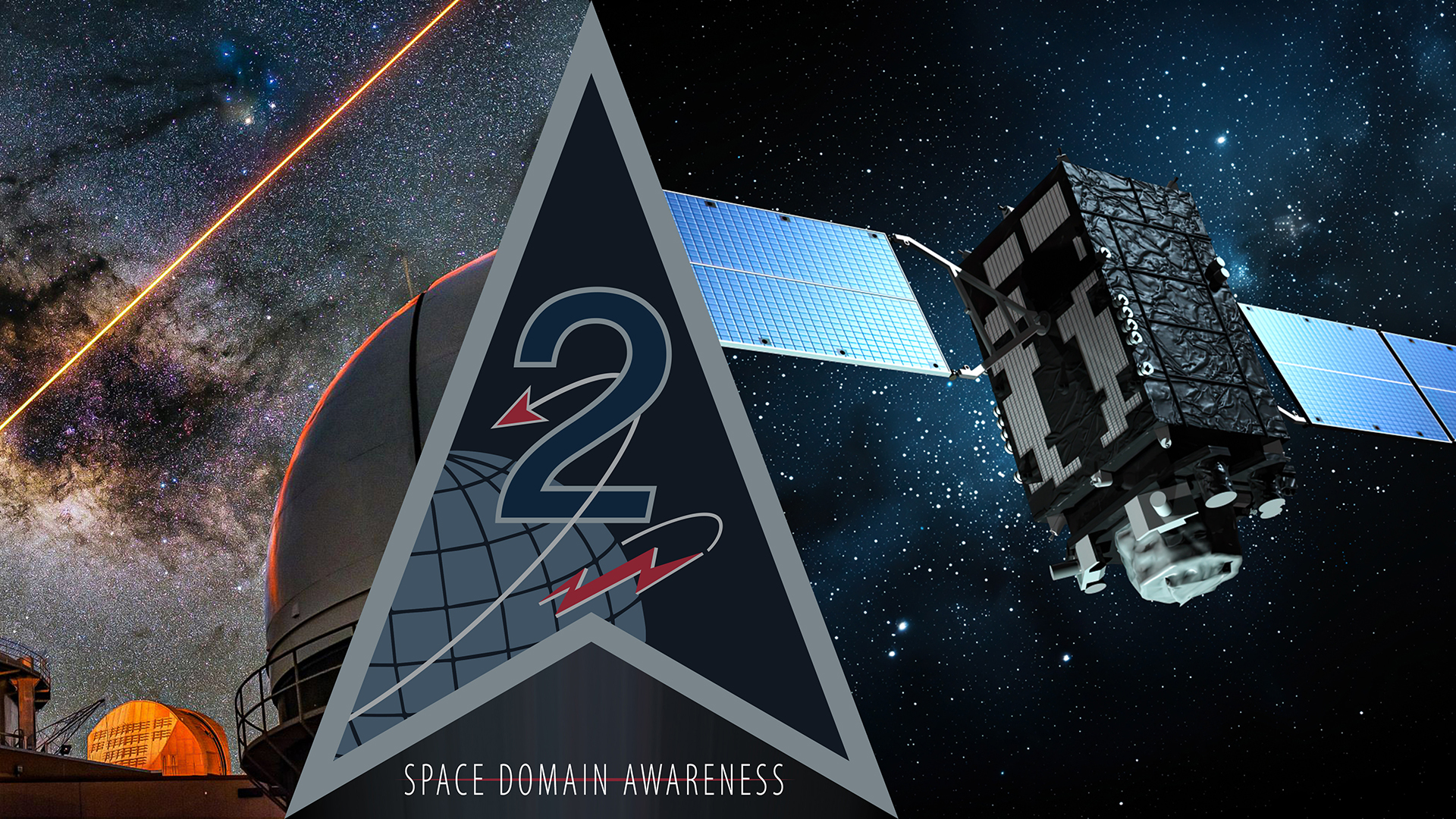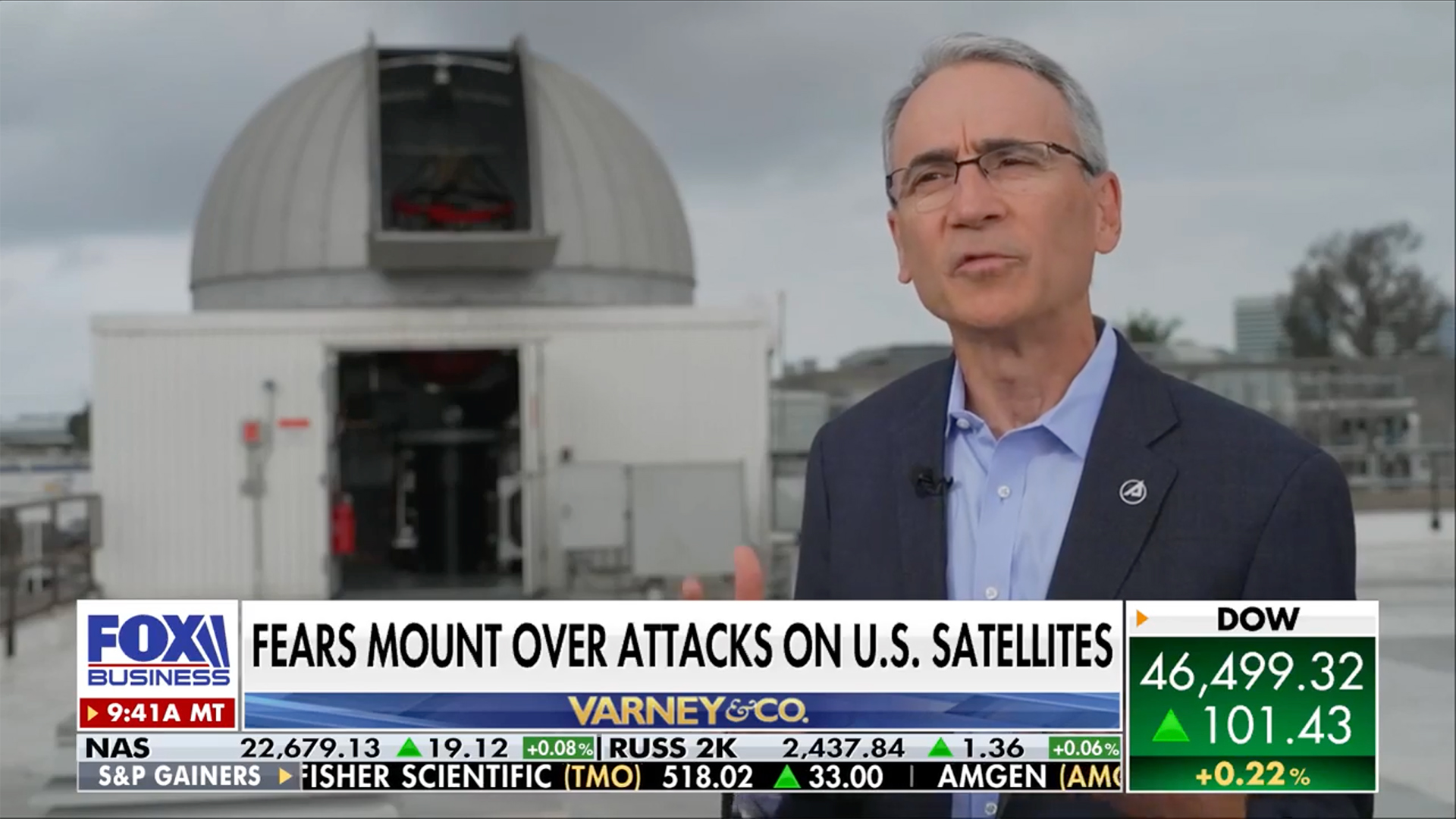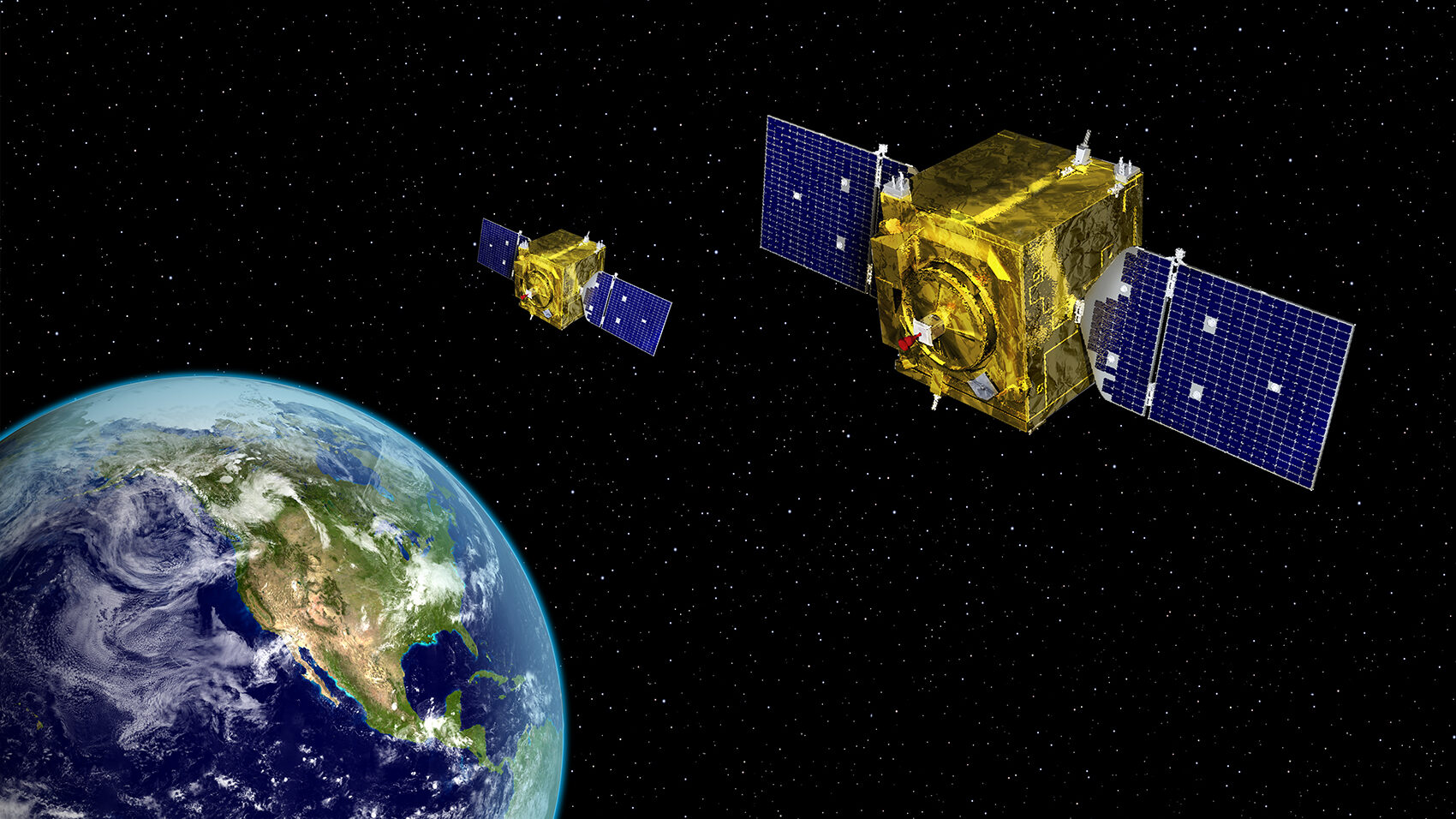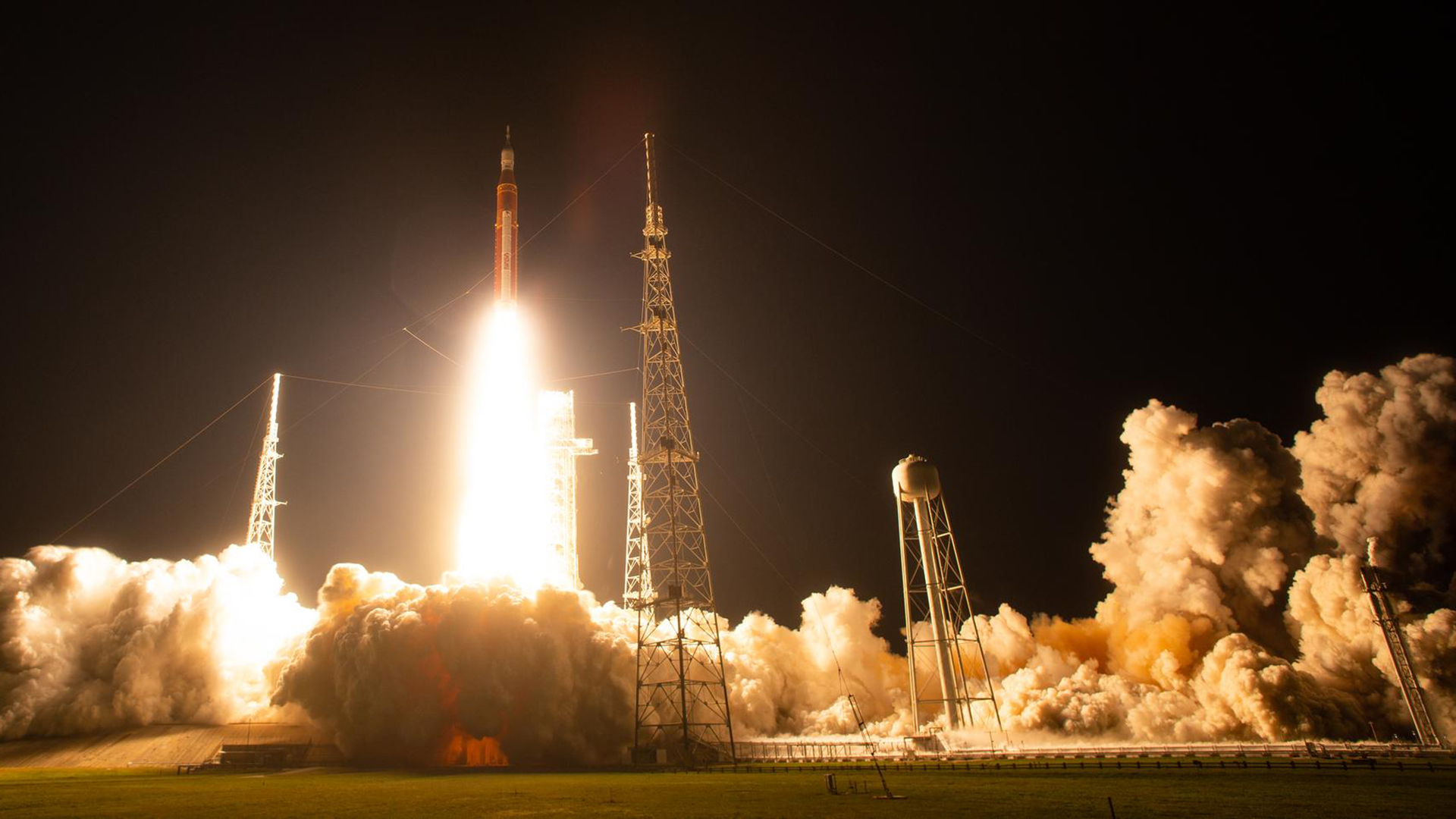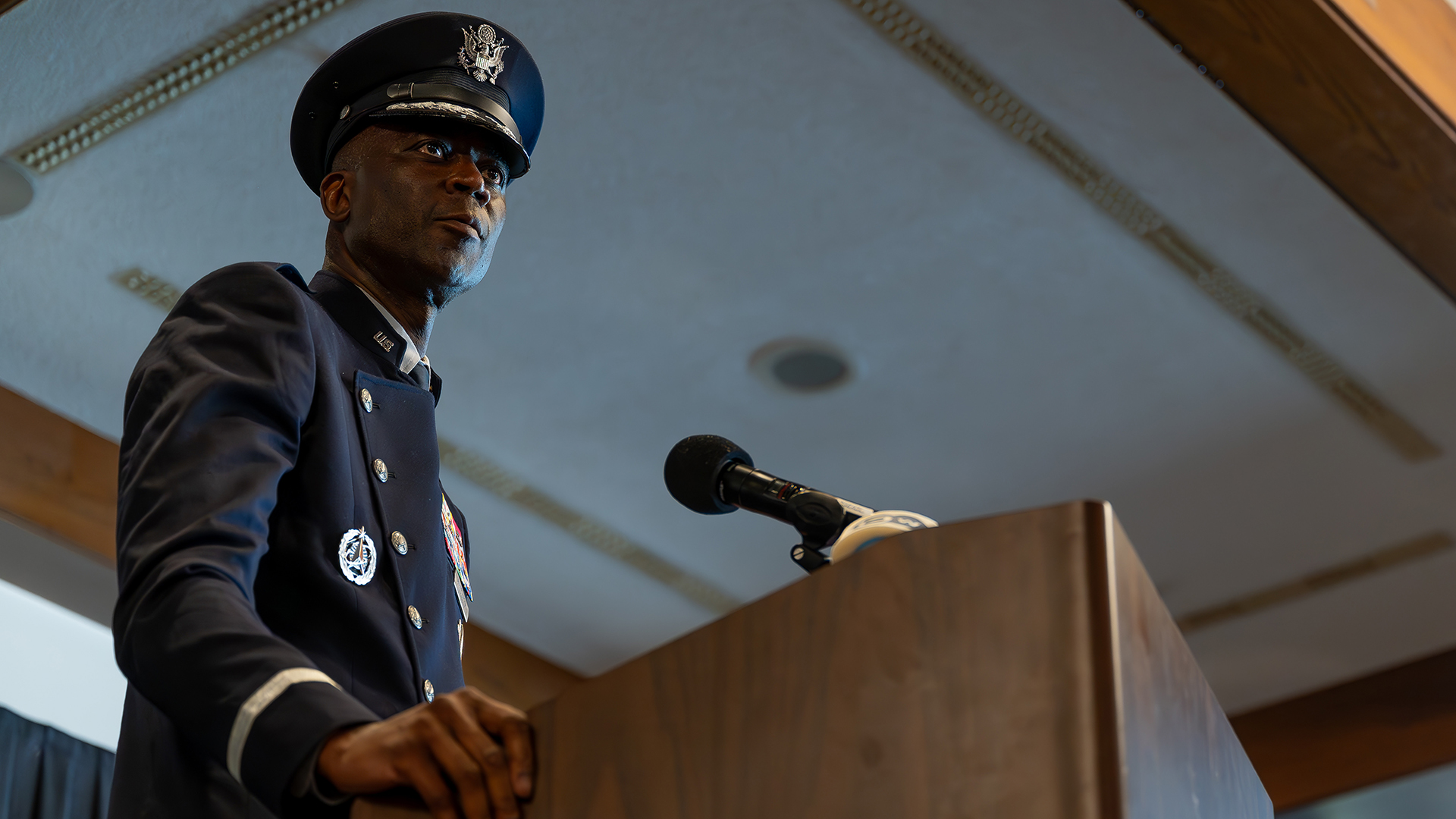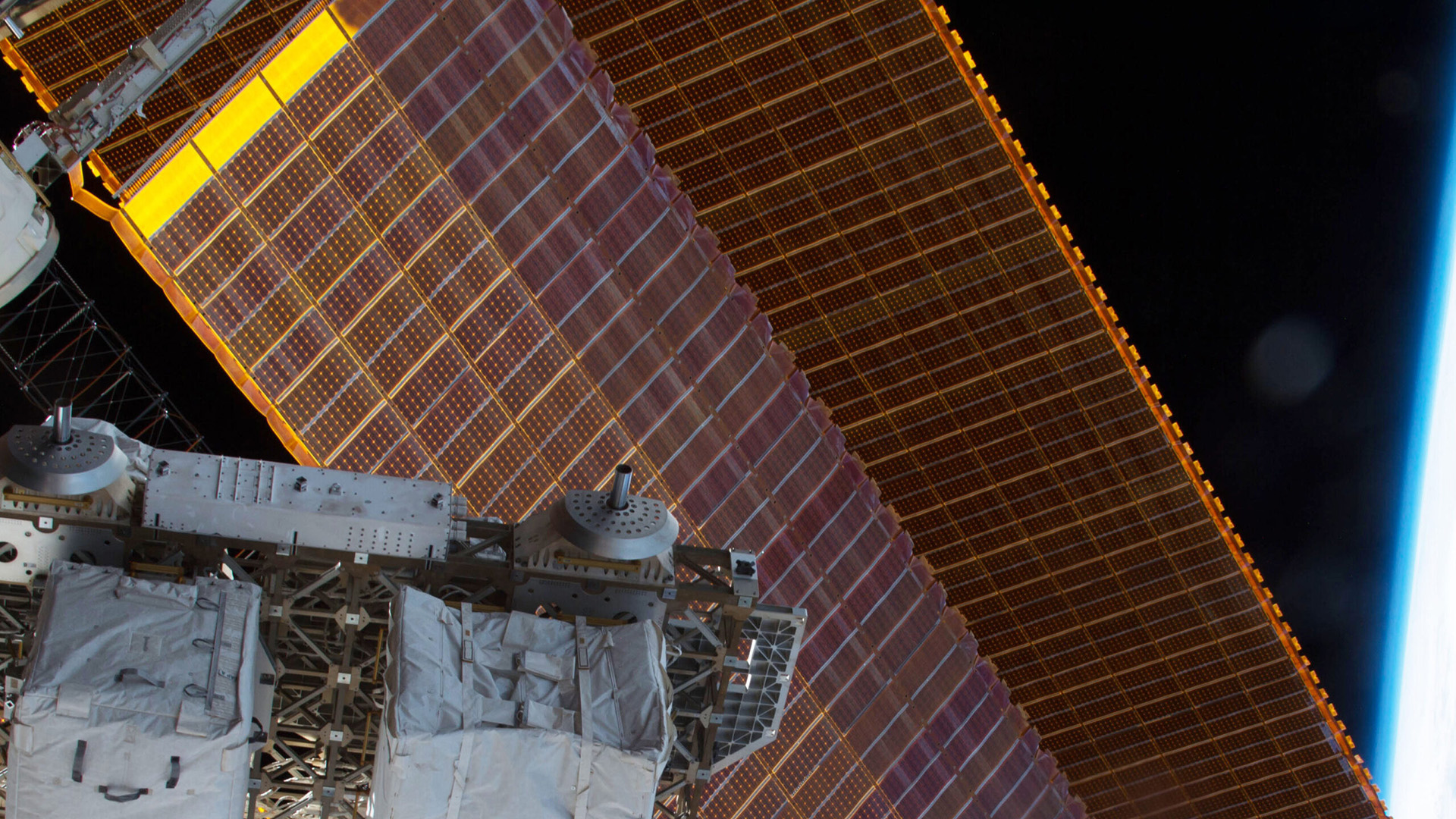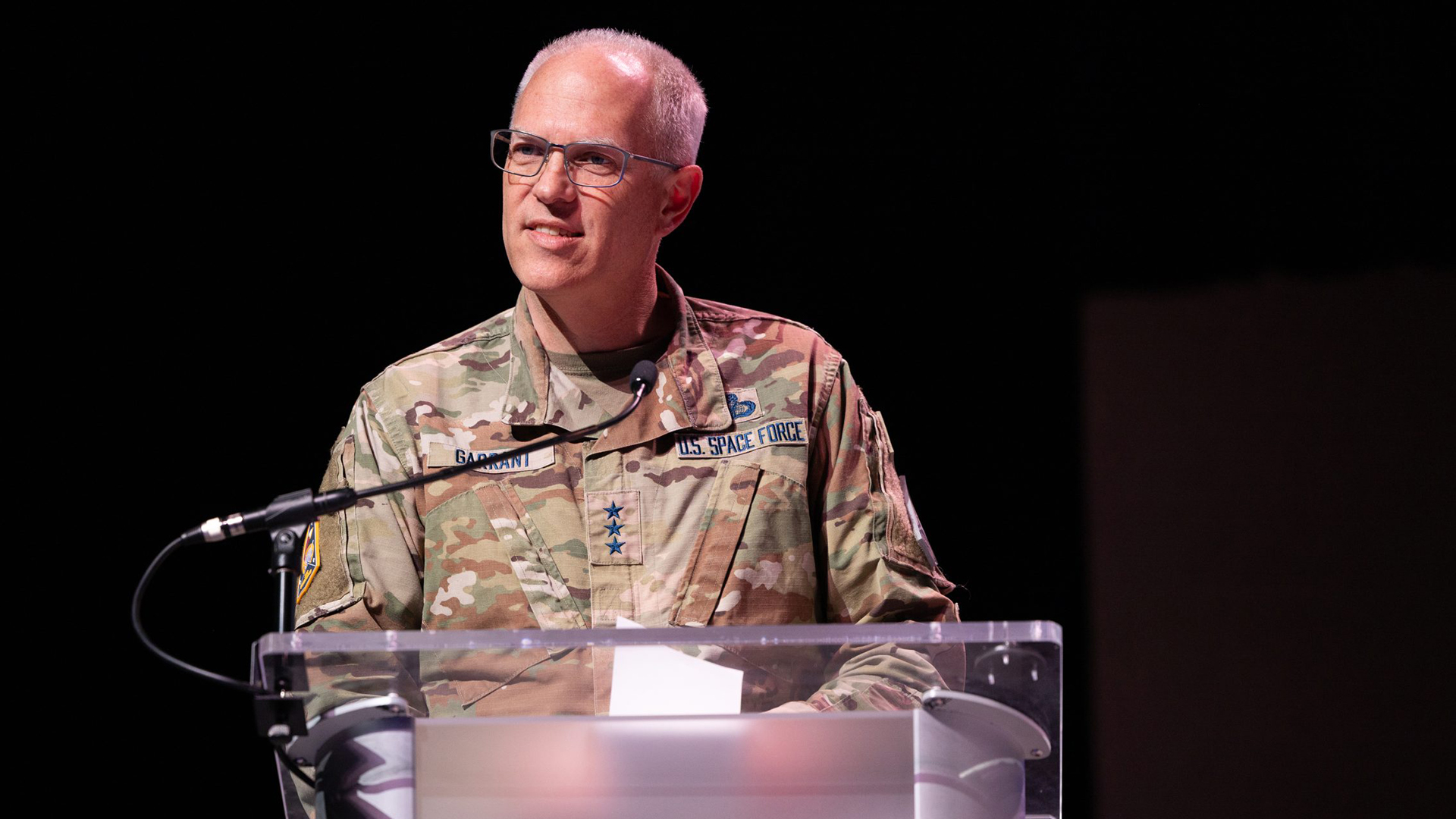Air and Space Forces — Deloitte launched a 22-pound cubesat into low-Earth orbit to act as “an on-orbit, live-fire cyber training range.”
ATLAS Space Domain Awareness System Ready for Use, US Space Force Says
Via Satellite — L3Harris Technologies’ Advanced Tracking and Launch Analysis System (ATLAS) replaces the Space Defense Operations Center (SPADOC), established in 1979 at the North American Aerospace Defense Command’s Cheyenne Mountain Complex in Colorado.
The Aerospace Corporation’s CEO Warns of ‘Pearl Harbor-Like’ Event Posing Biggest Risk to US
In an interview with Fox Business’ Max Gorden, Aerospace’s CEO and President Steve Isakowitz said: “There are others with more nefarious aims with what they want to do in space. So we’ve got to be very candid with ourselves that space will be such an environment. We’ve got to be prepared to defend ourselves; we’ve got to be prepared to win.”
Space Rapid Capabilities Office to Put Radars on Sats to Warn of Space-Bound Threats
Breaking Defense — The Space Rapid Capabilities Office (SpRCO) intends to award two vendors contracts by the end of the year to demonstrate that Space Force satellites can be equipped with small, inexpensive on-board radar systems to warn of potential threats from nearby satellites.
NASA’s Return to Moon Top Priority For Acting Administrator
Aviation Week — NASA is aiming to land two astronauts near the lunar south pole in late 2027. That mission—the third in the Artemis program—would follow a crewed flight test around the Moon slated for early- to mid-2026.
Space Force Opens New Ops Floor to Streamline Intel Process
Air and Space Forces — The new Space Intelligence Production Cell (SIPC) will help to bridge the gap between the 76th ISR Squadron, which gathers and fuses intelligence related to space threats, and the 4th Intel Analysis Squadron, which provides in-depth analysis of technical intelligence.
Space Force Leaders in Europe, Africa Move to Enhance Allies’ Access to Commercial Tech
The top U.S. Space Force general in Europe and Africa, Brig. Gen. Jacob Middleton, told DefenseScoop: “A lot of what we’re doing is training and educating [allies] on how to leverage commercial [space capabilities] — so they don’t have to come to us.”
Next Chapter in Space Defense: Satellites That Never Stop Moving
SpaceNews — At the recent Air, Space and Cyber conference, Monty Greer, outreach coordinator for the COSMIC consortium at the Aerospace Corporation, said: “When we start to talk about dynamic space operations, the ears of our U.S. Space Command and U.S. Space Force members perk up.”
Space Systems Command’s Front Door For Industry is Opening a Little Wider
Air and Space Forces — At AFA’s Air, Space & Cyber Conference, USSF leaders said the relaunched “Space Force Front Door” will facilitate contact between the private sector and all of the acquisition and research organizations in the Space Force, not just Space Systems Command.
Lift Off: First look at the Space Stage agenda at TechCrunch Disrupt 2025
At TechCrunch Distrupt, the Aerospace Corporation will host a panel that breaks down how early-stage innovation is […] laying the foundation for the evolving space economy.

